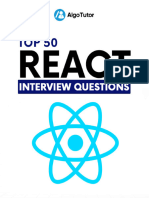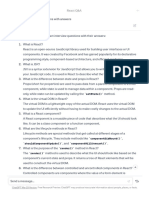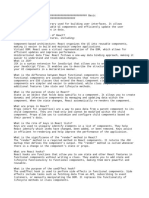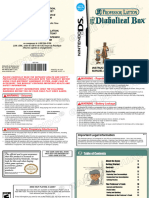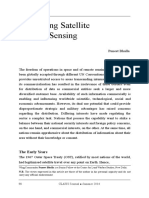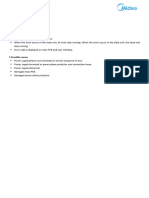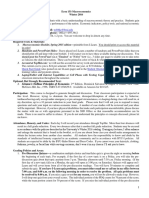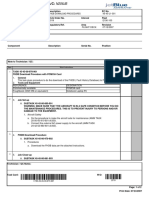0% found this document useful (0 votes)
18 views4 pagesReact Interview Questions and Answers
The document provides a comprehensive list of React.js interview questions and answers covering fundamental concepts such as React, JSX, components, state vs. props, lifecycle methods, hooks, and performance optimization. It also discusses advanced topics like routing, higher-order components, and reconciliation. This resource serves as a guide for individuals preparing for React.js interviews.
Uploaded by
nalawadesiddhi969Copyright
© © All Rights Reserved
We take content rights seriously. If you suspect this is your content, claim it here.
Available Formats
Download as PDF, TXT or read online on Scribd
0% found this document useful (0 votes)
18 views4 pagesReact Interview Questions and Answers
The document provides a comprehensive list of React.js interview questions and answers covering fundamental concepts such as React, JSX, components, state vs. props, lifecycle methods, hooks, and performance optimization. It also discusses advanced topics like routing, higher-order components, and reconciliation. This resource serves as a guide for individuals preparing for React.js interviews.
Uploaded by
nalawadesiddhi969Copyright
© © All Rights Reserved
We take content rights seriously. If you suspect this is your content, claim it here.
Available Formats
Download as PDF, TXT or read online on Scribd
/ 4



















